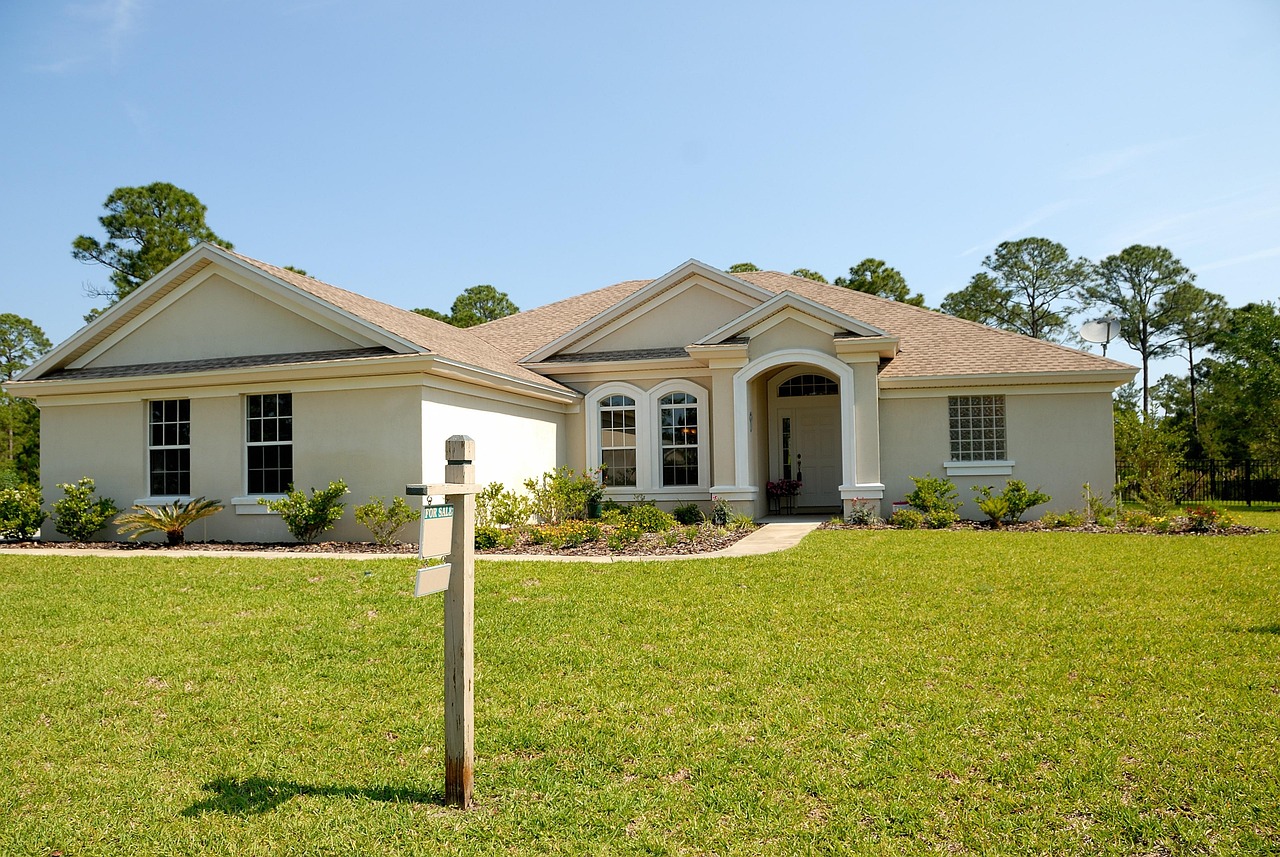Prefabricated homes Ottawa offer a practical and efficient alternative to traditional construction, combining quality, speed, and cost-effectiveness. These homes are built in controlled factory environments, ensuring consistent standards and reducing on-site construction time. They provide durable, customizable living spaces that meet Ontario’s building codes while offering modern design and energy-efficient features.
Many builders in Ottawa specialize in modular and prefab homes, making it easier for buyers to select from a variety of styles and finishes tailored to their lifestyles. This approach also supports sustainable building practices, which appeal to homeowners looking for eco-friendly options. The availability of reputable companies with experience in both custom and turnkey solutions adds confidence to the prefabricated home market in the region.
With advances in technology and construction science, prefab homes in Ottawa are increasingly competitive with traditional homes in quality and value. They allow buyers to streamline the building process without sacrificing design or function, making them a smart choice for those seeking modern, reliable housing.
Prefabricated Homes in Ottawa: Key Considerations
Prefabricated homes in Ottawa present several important factors to evaluate. Homebuyers must understand the types of prefab homes available, their options for customization, and local zoning and building regulations that apply to these structures.
Types of Prefabricated Homes Available
In Ottawa, prefabricated homes mainly fall into three categories: modular, panelized, and pre-cut homes. Modular homes are built in sections in a factory and assembled onsite, offering quick construction and consistent quality. Panelized homes come as wall panels that are assembled at the site, allowing more flexibility in design than modular.
Pre-cut homes, such as kit homes, provide components cut to exact measurements for onsite assembly, which offers cost savings but more owner involvement. Each type varies in construction speed, cost, and labor requirements, so understanding these differences helps buyers choose the best option for their needs.
Customization and Design Options
Ottawa’s prefab market allows various levels of customization, from basic floor plans to fully personalized designs. Many builders offer a catalog of standard models that include options for finishes, layouts, and energy-efficient features.
Some companies provide bespoke design services, enabling clients to tailor their home’s size, room configuration, and exterior aesthetics. It is important to confirm that customizations meet Ontario Building Code standards and efficiency goals. Buyers should review available floor plans and customization packages to match their lifestyle and budget.
Local Zoning and Building Regulations
Zoning laws and building codes in Ottawa significantly influence where and how prefabricated homes can be constructed. These rules regulate lot size, building height, setbacks, and the types of foundations allowed.
Ottawa requires that prefab homes comply with the Ontario Building Code, ensuring safety, energy efficiency, and accessibility. Some neighborhoods have specific zoning restrictions regarding modular or laneway homes, so consulting local authorities early in the process is essential. Proper permits and inspections must be secured for legal occupancy and financing.
Benefits and Installation Process
Prefabricated homes in Ottawa offer measurable advantages in energy efficiency, cost management, and construction speed. Their installation process is streamlined, involving factory-built modules that reduce on-site work and delays. Buyers gain clarity on timelines, pricing, and environmental impact.
Energy Efficiency and Sustainability
Prefab homes in Ottawa are designed with energy-saving features tailored to the region’s climate. The controlled factory environment allows for precision assembly, reducing air leaks and improving insulation quality.
Many prefab models incorporate passive house principles, which minimize energy consumption for heating and cooling. Materials used are often sustainable, contributing to lower environmental footprints. The modular construction process itself decreases waste compared to traditional builds.
These homes frequently qualify for green building certifications, reflecting their adherence to strict energy standards. This results in reduced utility bills and increased long-term value for homeowners focused on sustainability.
Timeline for Construction and Delivery
The construction timeline for prefab homes is significantly shorter than conventional homes. Modules are built simultaneously with site preparation, cutting total build time by weeks or months.
For example, manufacturing the modules can take roughly six weeks, while on-site foundation work runs concurrently. Once the modules arrive, assembly and finishing require only days or a few weeks, depending on complexity.
Weather delays are minimized since most construction occurs indoors. This efficiency benefits homeowners by offering faster move-in dates and fewer disruptions.
Cost Factors and Financing Options
Prefab homes tend to have more predictable costs due to factory-controlled processes. Reduced labor time and lower material waste contribute to overall savings compared to traditional builds.
Key cost components include design customization, module size, site work, and local permit fees. Although upfront prices might be comparable to conventional homes, energy savings and reduced construction delays improve affordability long term.
Financing options for prefab homes in Ottawa mirror those for traditional homes, including mortgages and construction loans. Some lenders now recognize prefab advantages, offering tailored rates or incentives to encourage sustainable building practices.
